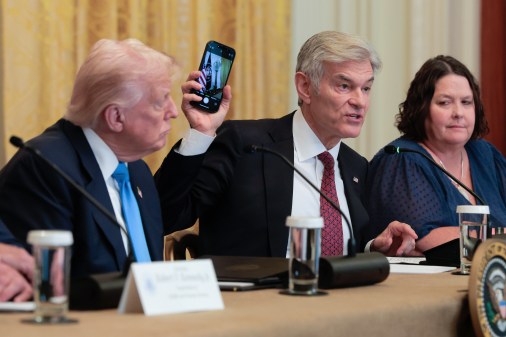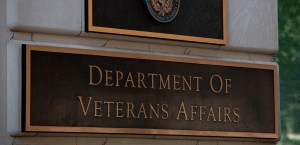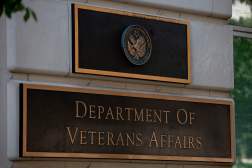To build a truly modern and interoperable health care system, some leading health IT experts think critical answers may be hidden in industries typically thought to be unassociated with health care.
“Sometimes I think we’ve been working to define or consider solutions in the health IT space thinking about health care, but I think the truth is there are assets and strategies that have worked in other arenas that we should look to leverage if it makes sense and get ourselves out of that traditional thinking of the house of medicine,” said Karen DeSalvo, the national coordinator for Health Information Technology, during an ACT-IAC health care panel Wednesday that will set the agenda for a health IT working group.
Ten years since the inception of the the Office of the National Coordinator for Health IT within the Department of Health and Human Services, the American health care system is experiencing an unprecedented abundance of data. “The priorities then of course included some of the same priorities we still want to carry forward, such as connecting care through the movement of data across the care continuum and beyond,” DeSalvo said. “But we did not have data to share in the way that we do today.”
While more data is an obvious boon to creating an effective electronic health record system, something required of ONC and others in the Health Information Technology for Economic and Clinical Health (HITECH) Act of 2009, leveraging it and making it work together is a difficult task.
David Bowen, chief information officer of the Military Health System and director of health information technology for the Defense Health Agency, described the Defense Department’s health records as a “spaghetti pile of data.” To clean up that mess, Bowen said, they have to work on standardizing the different services, all of which he said do things in their own unique and different ways.
“All of our military treatment facilities, our 400 or so hospitals and clinics, have been pretty much been doing their own things in terms of infrastructure, and so no we’ve got to get our arms around that and provide a standardized platform,” he said.
Within the Veterans Health Administration, Chief Medical Information Officer Theresa Cullen said she has similar concerns about interoperability, but her agency wants to get beyond that.
“We want to get to operability,” Cullen said. “So it’s that interoperability, I have your data, you have my data. But then I operate on it, I act on it, I know what to do with it. So it’s not just the sharing of that data, it’s the ability to use that data to improve care.”
To get there, she offered, we need to start peering beyond the “the four walls” of traditional health care and “into this continuum of care, into this recognition that your most important care taker maybe your person at home or it may be the person that’s 3,000 miles away.”
And some of the solutions might be outside the realm of health care. “How many opportunities are we missing within the federal space because we haven’t been provocative enough and challenged ourselves enough to think ‘Somebody else may really know how to do this, and how can I leverage that?'” Cullen said.
Kshemendra Paul, program manager for the Information Sharing Environment in the Office of the Director of National Intelligence, deals with two missions in his role: terrorism-related information sharing in the government and information interoperability, information sharing best practices. Through the latter mission, health care IT is a big focus, one that’s often more treacherous than dealing with terrorism information, he said. But both can inform each other through what Paul called “cross-fertilization.”
“In my core problem area of terrorism information sharing, there’s a lot of similarities structurally, a lot of opportunities, I believe, to leverage lessons learned and best practices into both directions with the health care IT, public safety and human services domain,” Paul said. “The problem you all are facing in the health IT, human services area is much more complicated than the one I have in terrorism-related information sharing.”
Leveraging infrastructure owned by state and local partners, Paul gave an example of how his organization has been able to monitor in real time the spread of heroin, merging the fields of public safety and public health.
In a similar fashion, DeSalvo said ONC is planning to leverage the United States Postal Service as a pilot to experiment with new health record interoperability.
“They have hundreds of thousands of employees for whom they are making a personal health record and a portal so they can access their health information,” she said. “They also have a potential platform to create a way that every American has an identifier, like an address” they registered online.
“I think we have this really unique opportunity as we look forward and embrace the amazing work that other non-traditional health partners have done in the federal sector that we can accelerate,” Cullen said.
“It’s not the level of authentication the DOD would expect, but it does an interesting identity opportunity that opens your mind to the potential for data being centered around a person,” DeSalvo said. “That gets us to an ecosystem that is not so dependent on the health care institutions hosting the data.”







